20 Words That Didn’t Exist Until The 1960s
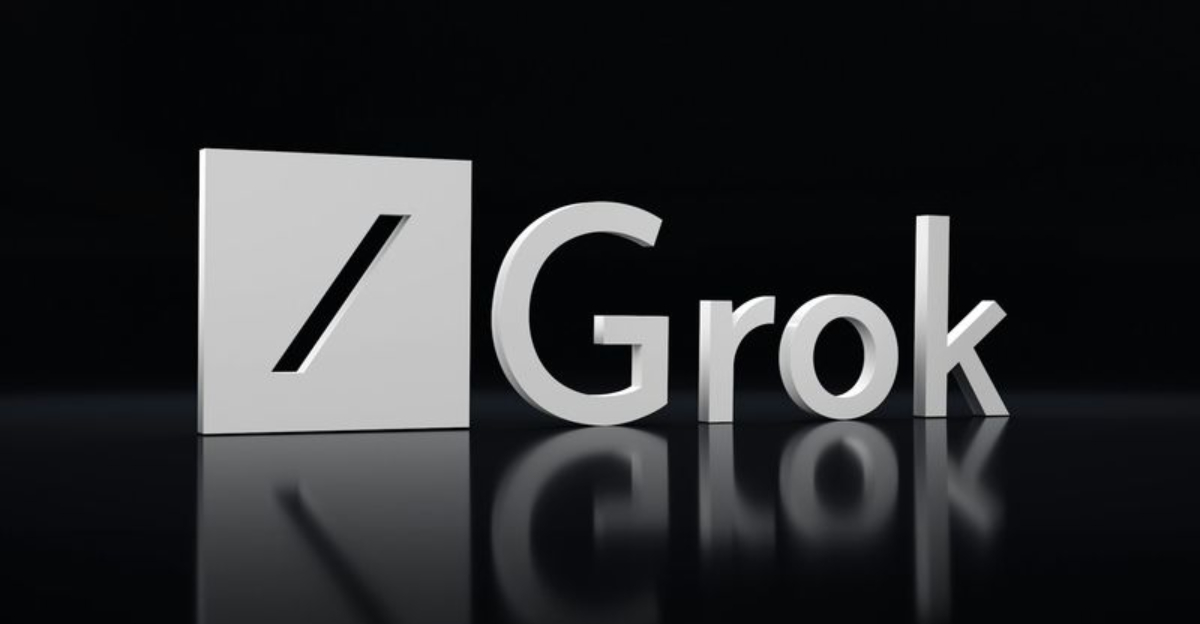
Language is always evolving, and the 1960s brought a wave of new words that reflected the changing times. From pop culture and technology to social movements and slang, this decade introduced terms that are now part of everyday conversation—but back then, they were brand new.
These 20 words didn’t exist until the 1960s, yet many of them feel completely familiar today. Whether they were born out of the space race, the counterculture revolution, or the rise of new trends, they capture the spirit of a decade that reshaped the world.
1. Beatlemania (1963)
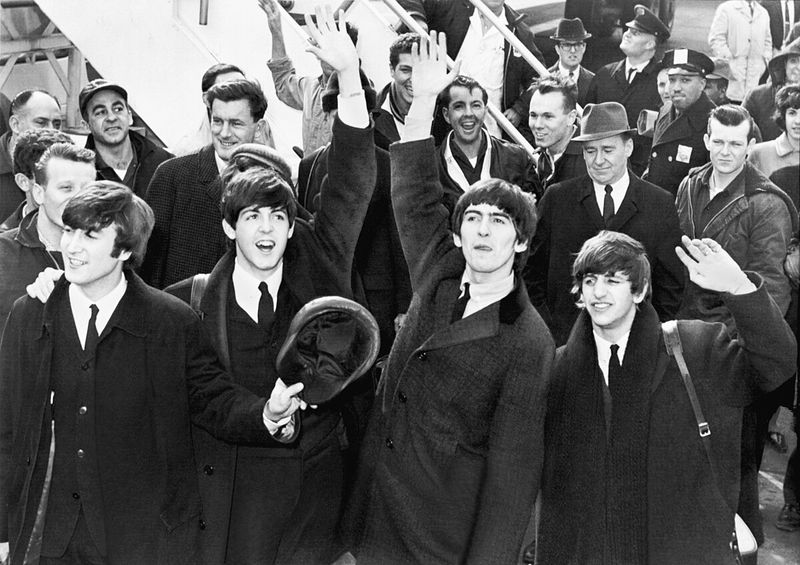
In the early ’60s, music fans were swept into a frenzy by four lads from Liverpool. Thus, “Beatlemania” came to describe the mass hysteria surrounding The Beatles. The term encapsulated a phenomenon never seen before, where fans screamed, fainted, and chased the band members wherever they went.
The word “Beatlemania” was first coined in 1963 as The Beatles’ fame skyrocketed. Although the band eventually disbanded, this word remains a staple for describing intense fandoms, reminding us of the days when pop culture was forever changed.
2. Astronaut (1961)
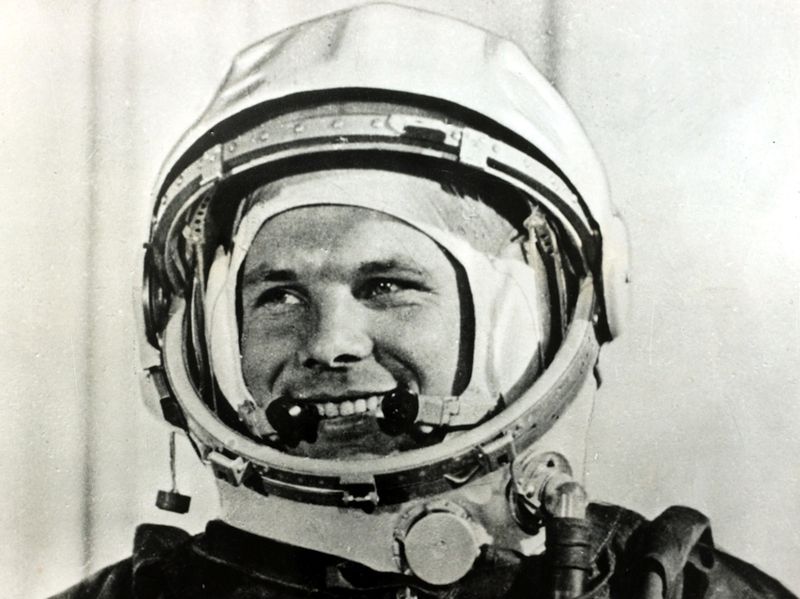
The Space Race of the 1960s introduced humanity to new frontiers and new vocabulary. The term “astronaut” emerged to describe those daring enough to venture into space. As nations competed for cosmic supremacy, this word embodied the courage and innovation of the era.
In 1961, Yuri Gagarin became the first human in space, etching the term into history. Today, “astronaut” not only refers to government-backed explorers but also private individuals embarking on commercial spaceflights, proving the word’s enduring impact on our imagination.
3. Hippie (1965)
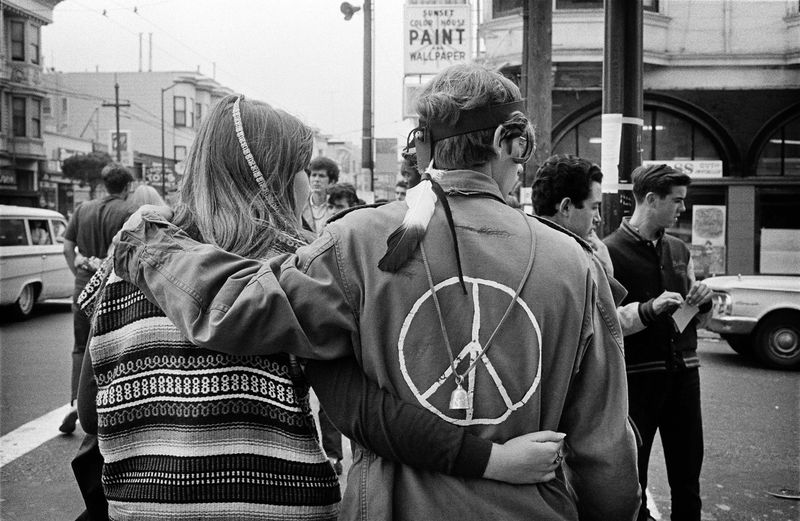
The 1960s were a time when young people sought freedom and expression, birthing the “hippie” movement. Emerging in 1965, the term defined those embracing peace, love, and counterculture. Derived from “hipster,” it highlighted a lifestyle rejecting societal norms.
Hippies became symbols of protest and change, advocating for peace during turbulent times. Though the movement’s peak passed, the term remains relevant, often embodying a bohemian spirit. Modern usage sometimes nods to the past, keeping the ideals of love and unity alive.
4. Miniskirt (1962)

Fashion took a daring turn in the ’60s, with the “miniskirt” challenging norms. British designer Mary Quant popularized this short garment in 1962, sparking a revolution in women’s fashion. The miniskirt symbolized liberation and youthful exuberance.
Initially controversial, it became a defining fashion statement of the decade. As hemlines rose, society’s perceptions shifted, embracing a new era of style. Today, the miniskirt remains a fashion staple, symbolizing the bold spirit of the ’60s, and its youthful appeal endures in wardrobes worldwide.
5. Moonwalk (1969)
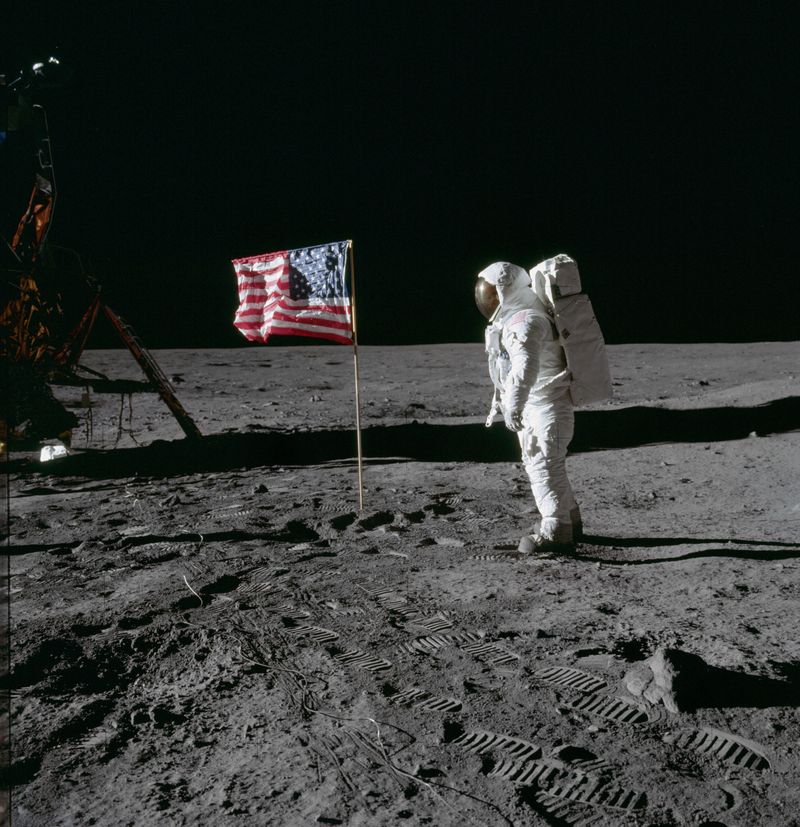
The word “moonwalk” took on historic significance in 1969 when Neil Armstrong set foot on the lunar surface. This term captured the awe and excitement of the Apollo 11 mission, as humanity watched the unfolding spectacle on their TV screens.
Originally describing a space feat, it later gained pop culture fame when Michael Jackson unveiled his dance move. The dual meanings of “moonwalk” reflect our fascination with both cosmic exploration and entertainment, showing how language can evolve with time and context.
6. Sit-in (1960)
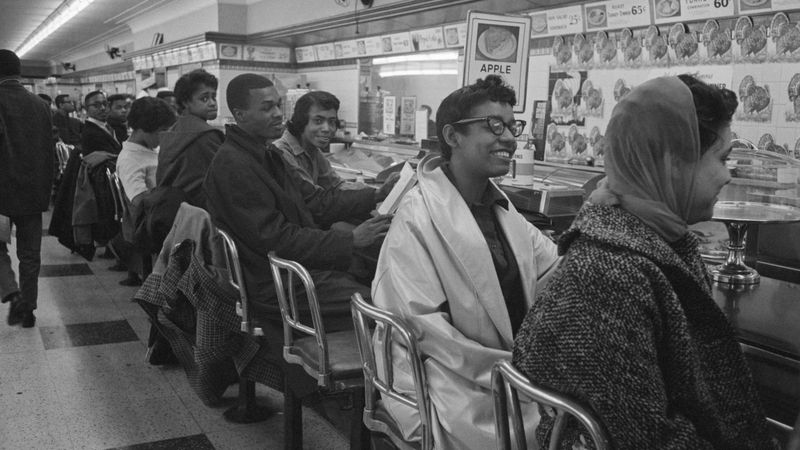
The civil rights movement of the 1960s was a crucible for change, with the “sit-in” emerging as a powerful form of protest. First recorded in 1960, it described activists occupying spaces like lunch counters to challenge segregation.
Sit-ins were pivotal in the fight for racial equality, embodying nonviolent resistance. Today, the term extends beyond its origins, used to describe various peaceful protests worldwide. Its legacy endures, reminding us of the power of determined individuals to effect meaningful social change.
7. Boombox (1969)
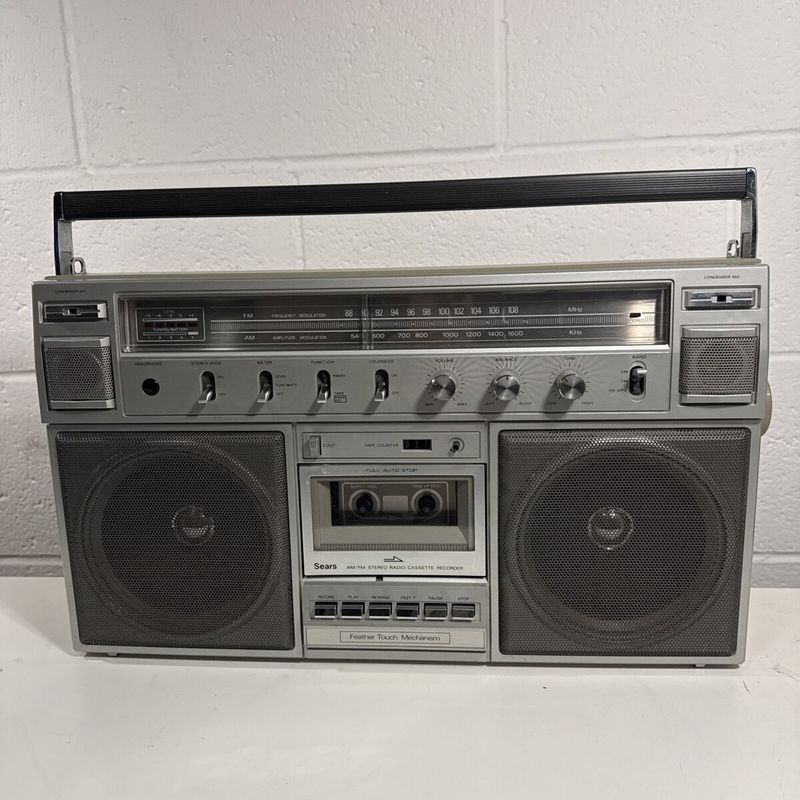
Before smartphones, the late ’60s gave rise to the “boombox.” This portable music device, with its built-in speakers, allowed people to take their tunes anywhere. By 1969, the boombox became synonymous with street culture, amplifying music in public spaces.
Its impact was profound, giving birth to new forms of expression and community gathering. While technology has evolved, the term “boombox” evokes nostalgia for an era when music was a shared, tangible experience. Retro versions still captivate, bridging past and present.
8. Supermodel (1968)
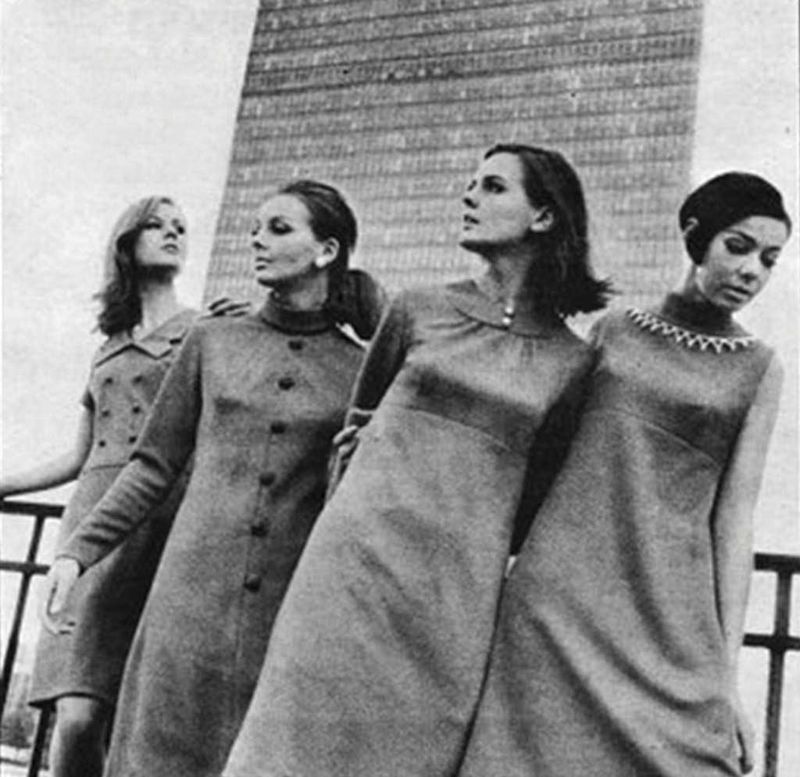
The fashion industry of the ’60s saw select models rise to unprecedented fame, leading to the birth of the term “supermodel.” Coined in 1968, it referred to models like Twiggy who transcended their profession to become cultural icons.
These figures reshaped fashion, with their influence extending beyond the runway. Today, the term “supermodel” continues to denote exceptional models who achieve celebrity status.
It set the stage for modern fashion, where modeling often intersects with entertainment and activism, expanding their cultural footprint.
9. Blockbuster (1965)
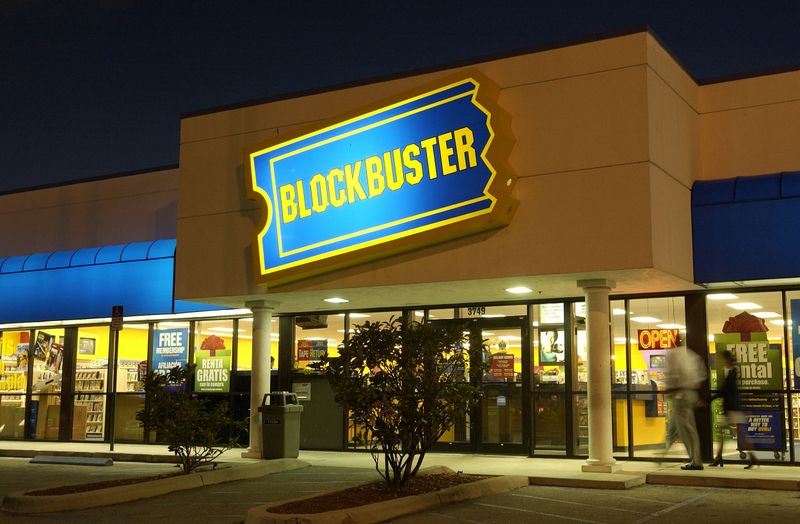
In 1965, “blockbuster” shifted from military jargon to a term for hugely successful films. It described movies that drew crowds in droves, marking a new era for the film industry. The word captured the essence of cinematic magic and communal viewing.
Today, “blockbuster” is synonymous with big-budget, high-grossing films that captivate global audiences. This evolution reflects the changing dynamics of entertainment, where technology and storytelling combine to create spectacles.
The term endures, illustrating the universal allure of captivating cinema experiences.
10. Grok (1961)
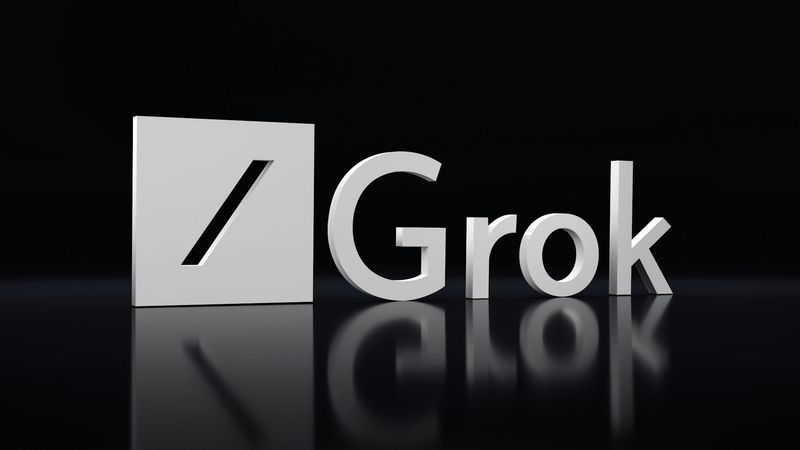
The sci-fi lexicon expanded in 1961 with “grok,” introduced in Robert Heinlein’s “Stranger in a Strange Land.” This term means to deeply understand something intuitively. It resonated with fans seeking words that tapped into profound comprehension.
Though once niche, “grok” has permeated tech and intellectual circles, often used in discussions about complex concepts.
Its presence in modern dialogue underscores the influence of science fiction on language, showcasing how a single word can capture the essence of understanding beyond the obvious.
11. Televangelist (1969)
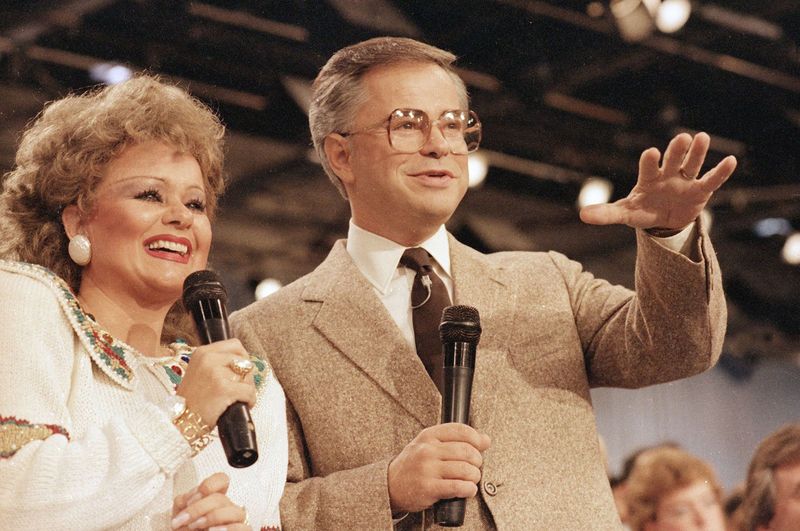
In 1969, “televangelist” emerged as television became a powerful medium for religious outreach. This term described preachers who spread their messages via TV, blending faith with modern technology to reach wider audiences.
The concept gained significant traction in the ’80s, with televangelists becoming household names. While the influence of these figures has fluctuated, the term remains relevant in discussions about media and religion.
It highlights the ongoing relationship between faith and technology, where ancient beliefs meet contemporary communication channels.
12. Personal Computer (1967)
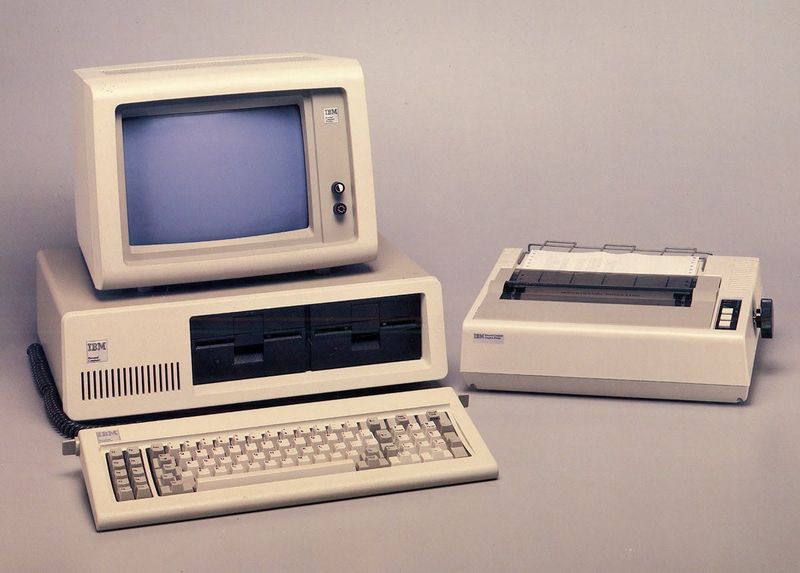
The concept of the “personal computer” began in 1967, as computing technology advanced beyond massive machines. This term envisioned computers accessible to individuals, a revolutionary idea at the time.
Though mainstream adoption took another decade, the name stuck, heralding a new era in technology. Personal computers changed how we live and work, making technology integral to everyday life.
Today, PCs are ubiquitous, and the term remains a cornerstone in tech discussions, reflecting how visionary concepts can redefine our world.
13. Eco-friendly (1969)

The environmental movement of the late ’60s coined the term “eco-friendly” to describe products and practices that benefit the planet. In 1969, as awareness of environmental issues grew, this word encapsulated a shift toward sustainability.
“Eco-friendly” quickly entered mainstream language, encouraging responsible consumption and innovation. Today, it’s more relevant than ever, guiding decisions in business, design, and daily life.
The term’s persistence illustrates the enduring importance of environmental stewardship and our collective responsibility to protect the Earth for future generations.
14. Glitch (1962)
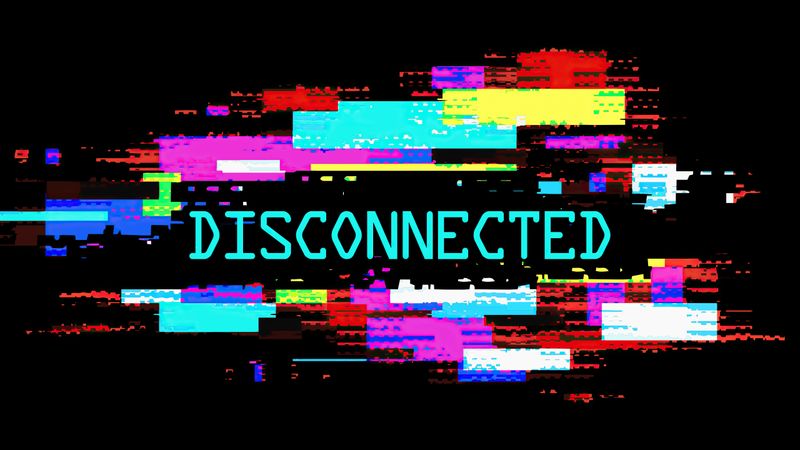
In the 1960s, space missions introduced “glitch” to describe unanticipated technical errors. First used by NASA engineers in 1962, it highlighted the complexities of space exploration.
As technology spread, “glitch” became synonymous with minor malfunctions, extending beyond its original context. From software bugs to everyday hiccups, the term captures the unpredictability of technology.
Its ongoing relevance underscores both the reliance on and challenges of modern tech, illustrating how a single term can bridge space missions and digital life.
15. Rollerblade (1960s)

Though inline skating existed prior, the ’60s saw “Rollerblade” rise, thanks to a brand popularizing the sport. The term became so widespread that it became the generic name for inline skates.
Rollerblading captured the spirit of active, outdoor fun, combining fitness with entertainment. Today, it retains its appeal, offering a retro nod to past leisure activities.
The word’s endurance speaks to the power of branding and its ability to shape language, reminding us how innovation can redefine play and recreation.
16. Burnout (1969)
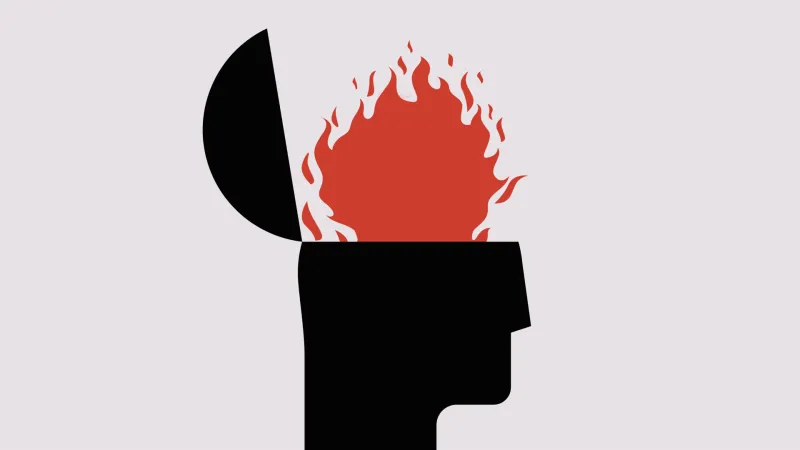
Coined by psychologist Herbert Freudenberger in 1969, “burnout” first referred to job-related exhaustion. This term described the physical and mental toll of chronic stress, reflecting a growing awareness of workplace well-being.
Today’s usage extends beyond professional contexts, encompassing any form of extreme fatigue. “Burnout” highlights the pressures of modern life and the importance of balance and self-care.
As discussions about mental health continue, this term remains crucial in articulating the challenges faced by individuals seeking harmony in their lives.
17. Yuppie (1968)
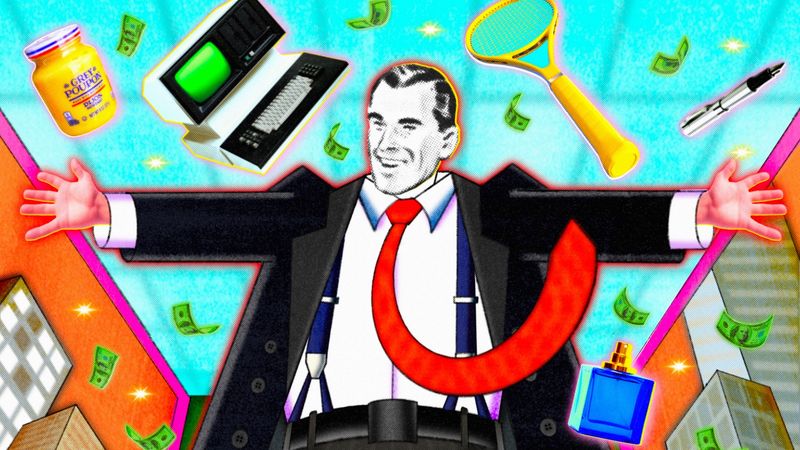
In 1968, “yuppie” emerged as shorthand for “young urban professional,” capturing the ambitions of career-driven individuals. It foreshadowed the materialistic, success-oriented culture of the ’80s.
Though its popularity peaked during Reagan’s era, “yuppie” retains cultural significance, often with a nostalgic or ironic twist. The term reflects societal shifts towards urbanization and professional growth, illustrating the evolution of work culture.
Its legacy in language offers insights into the changing aspirations and identities of young professionals throughout the decades.
18. Biker Bar (1960s)
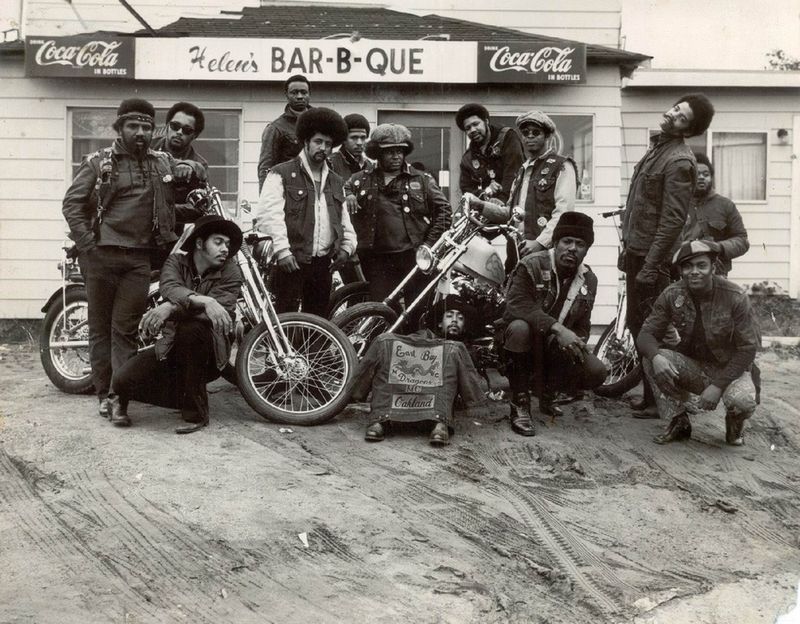
The ’60s saw the emergence of “biker bars,” catering to motorcycle enthusiasts. These establishments, often rough and tumble, became symbols of counterculture and rebellion.
Biker bars offered a space for camaraderie among riders, enhancing a sense of community within the subculture. The term remains a staple in discussions about American road life and freedom.
Today, biker bars evoke a sense of nostalgia and adventure, representing the enduring spirit of the open road and the bonds formed among those who ride.
19. Granola (1964)

The health food movement of the ’60s introduced “granola,” a term for crunchy, oat-based snacks. First appearing in 1964, it became synonymous with natural, wholesome eating.
Granola’s popularity soared as people embraced healthier lifestyles, and it later evolved into slang, referring to eco-conscious individuals. The term’s evolution highlights society’s shifting priorities toward sustainability and health.
Today, granola remains a beloved breakfast choice, embodying the ideals of balance and nutrition that first took root in the transformative ’60s.
20. Frisbee (1965)
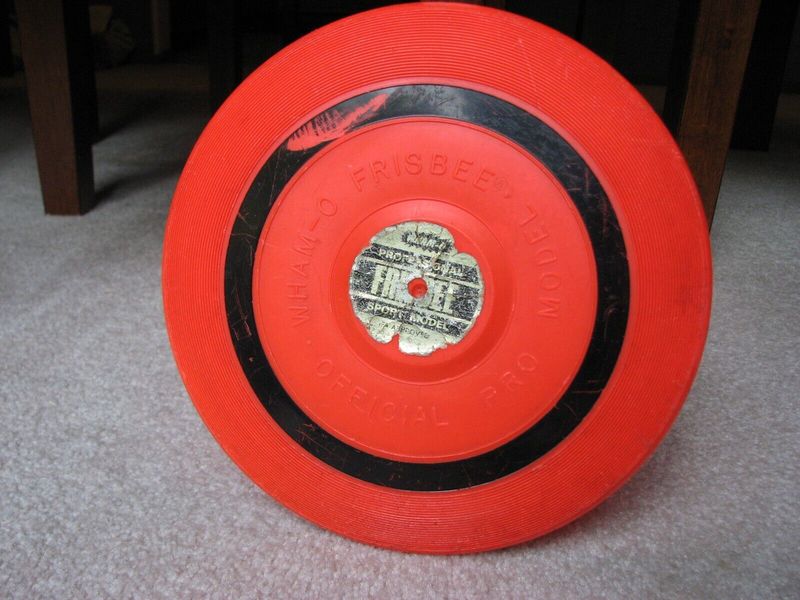
The Frisbee, a staple of park outings and beach gatherings, burst onto the scene in the mid-1960s. Originally created as a pie tin toy, it evolved into a symbol of leisurely outdoor fun. This disc, characterized by its aerodynamic shape, made catching and throwing a game anyone could enjoy.
In no time, the Frisbee became a cultural icon, representing the carefree spirit of the 1960s. Families, friends, and strangers alike could connect through a simple throw and catch. Its popularity paved the way for competitive sports like ultimate Frisbee, which gained a dedicated following.
Whether used casually or competitively, the Frisbee’s charm endures. Its presence in modern recreational activities underscores the lasting impact of this seemingly simple invention from the 60s.
